Home>Interior Design>How Do I Fix Dead Space In My House? 7 Transformative Tips
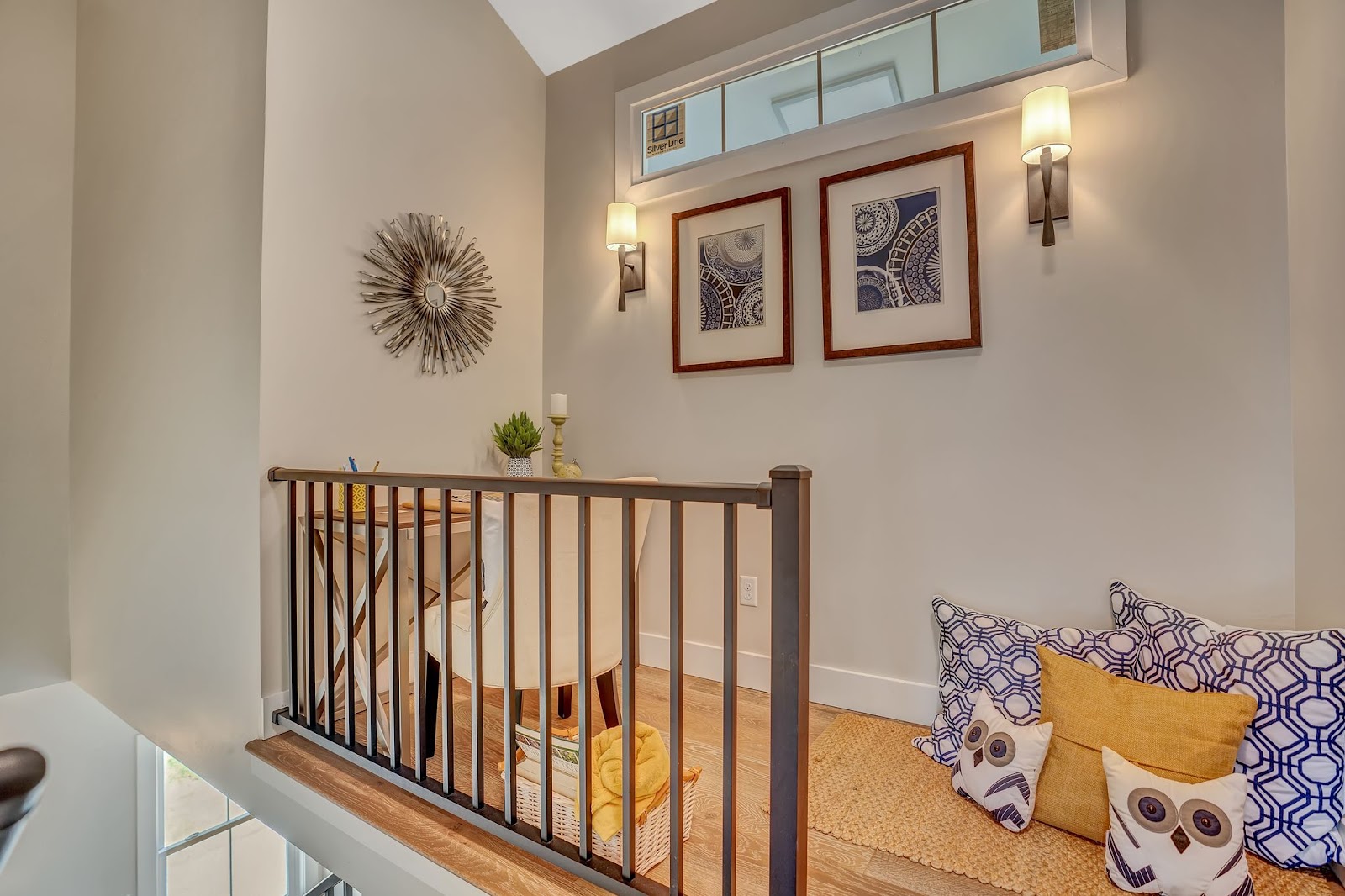

Interior Design
How Do I Fix Dead Space In My House? 7 Transformative Tips
Modified: October 20, 2024
Learn how to fix dead space in your house with these 7 transformative tips. Improve your interior design and make the most of every corner.
(Many of the links in this article redirect to a specific reviewed product. Your purchase of these products through affiliate links helps to generate commission for Storables.com, at no extra cost. Learn more)
Introduction
Dead space in a house can make it feel dull, lifeless, and uninviting. These areas, characterized by unused or underutilized space, can be found in various areas such as corners, hallways, alcoves, or even entire rooms. However, with a little bit of creativity and some smart interior design techniques, you can transform these dead spaces into functional and visually appealing areas that seamlessly blend with the rest of your home.
In this article, we will explore seven transformative tips that will help you fix dead space in your house. Whether you’re looking to create a cozy reading nook, a home office, or simply make better use of the underutilized areas in your home, these tips will provide you with inspiration and practical solutions.
So, let’s dive in and discover how you can breathe new life into those lifeless corners and unused areas!
Key Takeaways:
- Transform your dead spaces by evaluating their use, decluttering, rearranging furniture, utilizing vertical space, adding mirrors, introducing natural light, and incorporating color and texture. Unleash your creativity and bring new life to overlooked areas!
- Don’t let dead spaces go to waste! With a little vision and effort, you can turn them into functional, visually pleasing, and inviting areas that bring joy and value to your everyday life. Embrace smart interior design techniques and unleash your creativity!
Read more: Why Do I Have Dead Bees On My Porch
Evaluate the Use of Space
The first step in fixing dead space in your house is evaluating how the space is currently being used. Take a critical look at the area and ask yourself if it’s serving any purpose or if it’s simply being wasted. Consider the flow of your home and how this particular space fits into it.
Ask yourself the following questions:
- Is the space being used for its intended purpose?
- Does it add value to your daily life?
- Is it a hindrance or obstacle in the overall layout of your home?
By analyzing these factors, you can determine whether the dead space needs to be repurposed, redesigned, or eliminated altogether. Sometimes, all it takes is a fresh perspective to see the potential in an overlooked area.
For example, a small corner in your living room might seem like wasted space, but with the right furniture and decor, it can be transformed into a cozy reading nook or a mini home office.
Additionally, consider any specific needs or desires you have for your home. Are you lacking storage space? Or do you desire a dedicated area for a hobby or passion? Evaluating these aspects will guide you in choosing an appropriate purpose for the dead space.
Once you have a clear understanding of how the space is currently being used and what you want to achieve, you can move on to the next step of fixing the dead space in your house.
Declutter and Organize
One of the most effective ways to fix dead space in your house is by decluttering and organizing the area. Clutter not only makes a space feel cramped and chaotic, but it also prevents you from utilizing the space efficiently.
Start by clearing out any unnecessary items and belongings that are taking up precious space. Be ruthless in your decluttering process and ask yourself if each item truly serves a purpose or brings you joy. Donate, sell, or discard anything that no longer serves you.
Next, organize the remaining items in a logical and efficient manner. Utilize storage solutions such as shelves, bins, baskets, or storage ottomans to maximize the use of vertical and hidden space.
If you’re dealing with dead space in a hallway or alcove, consider installing built-in shelves or floating wall shelves to create storage opportunities. This not only adds functionality but also adds visual interest to the area.
Remember, the goal of decluttering and organizing is to create a clean and functional space that is visually appealing and conducive to its intended purpose. By doing so, you will not only fix the dead space but also create a sense of harmony and order in your home.
Now that you have decluttered and organized the dead space, it’s time to move on to the next step and make the area more visually appealing and functional.
Rearrange Furniture
Another effective way to fix dead space in your house is by rearranging the furniture in the surrounding area. Sometimes, a simple reconfiguration can completely transform the space and make it more functional and visually appealing.
Start by assessing the current layout of the room and the position of the furniture. Think about how you can better utilize the dead space by rearranging the existing pieces or adding new ones.
Consider the following tips:
- Experiment with different furniture arrangements to find the most optimal use of space.
- Create conversation areas by arranging seating pieces in a cozy and inviting manner.
- Highlight the dead space by placing a statement piece of furniture, such as a bookshelf or an accent chair.
- Utilize multifunctional furniture, such as ottomans with hidden storage, to maximize space utilization.
Additionally, think about the flow of the room and how the rearrangement of furniture can improve the overall functionality of the space. Avoid blocking pathways or creating cramped areas that will impede movement.
By carefully considering the placement and configuration of your furniture, you can breathe new life into the dead space and create a more inviting and harmonious environment.
Once you have successfully rearranged the furniture, it’s time to explore ways to utilize the vertical space in your home.
Utilize Vertical Space
When fixing dead space in your house, it’s important to utilize every inch of available space, including the vertical space. By thinking vertically, you can maximize storage, display opportunities, and overall functionality.
Here are some ideas to help you make the most of the vertical space:
- Install floor-to-ceiling bookshelves or storage units to store books, decor, and other items while adding visual interest to the space.
- Hang floating shelves or wall-mounted cabinets to hold accessories, plants, or personal mementos.
- Consider using wall-mounted hooks or racks for hanging coats, hats, or bags, especially in entryways or hallways.
- Install a pegboard on a wall in your kitchen or home office to hang tools, utensils, or office supplies.
By taking advantage of the vertical space, you can free up valuable floor space, reduce clutter, and add a sense of height and depth to the room.
Furthermore, don’t forget to consider the aesthetics of the vertical space. Utilize paint, wallpaper, or artwork to create visual interest and make the area more inviting and cohesive with the rest of your home.
Now that you have optimized the vertical space, it’s time to explore some additional techniques to transform the dead space.
Consider adding a room divider, such as a bookshelf or screen, to break up large open spaces. This can create a more intimate and functional area within the room.
Read more: How Do I Design My Gutted House
Add Mirrors
One of the easiest and most effective ways to fix dead space in your house is by incorporating mirrors. Mirrors have the remarkable ability to create an illusion of space, reflect light, and add depth to a room.
Strategically placing mirrors in areas of dead space can help transform the area by:
- Reflecting natural light and making the space feel brighter and more spacious.
- Creating the illusion of depth and making the area appear larger than it actually is.
- Adding a decorative element and enhancing the overall aesthetics of the space.
Consider some of these tips when adding mirrors to your dead spaces:
- Place a large mirror on a wall opposite a window to maximize the reflection of natural light.
- Hang a mirror at the end of a hallway to make it appear longer and less cramped.
- Add a mirror to a small room to create the illusion of a larger space.
- Use a mirror with an interesting frame or shape as a decorative focal point.
Remember, the key is to strategically position mirrors in a way that enhances the overall design and functionality of the space.
Now that you have incorporated mirrors, it’s time to explore how natural light can transform dead space in your house.
Introduce Natural Light
Add a soft introduction sentence to start off this paragraph.
Introducing natural light is a transformative way to fix dead space in your house. Natural light not only brightens up the area but also creates a sense of warmth, openness, and connection to the outdoors. By maximizing the amount of natural light in a space, you can completely change the ambiance and make it feel more inviting and alive.
Here are some tips to help you introduce natural light into the dead space:
- Remove heavy curtains or blinds and opt for lighter or sheer window coverings that allow more light to penetrate through.
- Trim any outdoor vegetation that obstructs natural light from entering the space.
- Add skylights or windows to bring in more natural light from above.
- Consider using light-colored paint on walls and ceilings to reflect and amplify the natural light.
- Place mirrors strategically to reflect and bounce light around the room.
Additionally, if privacy is not a concern, consider removing or minimizing barriers, such as doors or walls, between areas with abundant natural light and the dead space. This will allow light to flow freely and make the dead space feel more connected to the rest of the house.
Introducing natural light not only improves the aesthetics and functionality of the dead space but also has numerous health benefits. Natural light is known to boost mood, enhance productivity, and regulate sleep patterns, creating a harmonious and uplifting environment in your home.
Now that you have embraced natural light, let’s explore how color and texture can further transform the dead space in your house.
Incorporate Color and Texture
To truly breathe life into the dead space in your house, it’s important to incorporate color and texture. These elements can add depth, personality, and visual interest, making the space feel more vibrant and cohesive with the rest of your home.
Consider the following ways to incorporate color and texture:
- Paint the walls in a bold, contrasting color to create a focal point and make the dead space stand out.
- Add texture to the space by incorporating materials such as wood, wicker, or textiles in the form of furniture, rugs, or decorative accessories.
- Hang artwork or photographs on the walls to inject personality and visual interest.
- Use decorative pillows, throws, or curtains to add texture and pops of color.
- Introduce indoor plants or fresh flowers to bring life and a natural element into the space.
When choosing colors and textures, consider the overall theme and style of your home. Aim for a cohesive look that seamlessly integrates the dead space with the rest of your interior design.
Adding color and texture not only enhances the aesthetics but also creates a more inviting and engaging space. It stimulates the senses and adds depth, making the dead space feel like an intentional and cherished part of your home.
By carefully considering these seven transformative tips – evaluating the use of space, decluttering and organizing, rearranging furniture, utilizing vertical space, adding mirrors, introducing natural light, and incorporating color and texture – you can turn those lifeless areas in your house into functional, visually pleasing, and inviting spaces.
Remember to approach the process with creativity, and don’t be afraid to experiment and try new ideas. With a little bit of vision and effort, you can transform your dead spaces into areas that bring joy and value to your everyday life.
Now, it’s time to get started and fix those dead spaces in your house!
Conclusion
Fixing dead space in your house is all about unleashing your creativity and utilizing smart interior design techniques. By following the seven transformative tips outlined in this article – evaluating the use of space, decluttering and organizing, rearranging furniture, utilizing vertical space, adding mirrors, introducing natural light, and incorporating color and texture – you can bring new life and functionality to those overlooked areas.
Remember, each dead space is an opportunity waiting to be transformed. Whether it’s a small corner, hallway, or underutilized room, there’s always potential to create something beautiful and purposeful.
Take the time to evaluate how the space is currently being used and envision its potential. Clear out clutter and organize the area, making it more functional and visually appealing. Rearrange furniture to optimize the layout and flow of the room. Use vertical space to maximize storage and display opportunities. Add mirrors to reflect light and create a sense of depth. Introduce natural light to brighten the space and bring a natural ambiance. Finally, incorporate color and texture to add personality and visual interest.
By embracing these tips, you can transform dead spaces into valuable areas that seamlessly blend with the rest of your home and enhance your everyday life.
Remember to approach the process with an open mind and have fun with it. Don’t be afraid to experiment and try new ideas. Your home should reflect your personal style and meet your specific needs and desires.
Now, armed with these transformative tips, it’s time to roll up your sleeves and fix those dead spaces in your house. With your creativity and a little bit of effort, you can turn unused areas into functional and engaging spaces that you’ll truly love.
So go ahead, get started, and enjoy the process of transforming your home!
Ready to tackle more home improvement projects? If you're feeling inspired by transforming dead spaces, why not dive into some DIY home projects next? Whether you're a seasoned DIYer or just starting out, you'll find plenty of ideas to spark your creativity. And for those who are rethinking their living spaces, mastering furniture arrangement can significantly enhance your living room's appeal and functionality. Both articles offer practical advice and exciting ways to refresh your home effortlessly.
Frequently Asked Questions about How Do I Fix Dead Space In My House? 7 Transformative Tips
Was this page helpful?
At Storables.com, we guarantee accurate and reliable information. Our content, validated by Expert Board Contributors, is crafted following stringent Editorial Policies. We're committed to providing you with well-researched, expert-backed insights for all your informational needs.
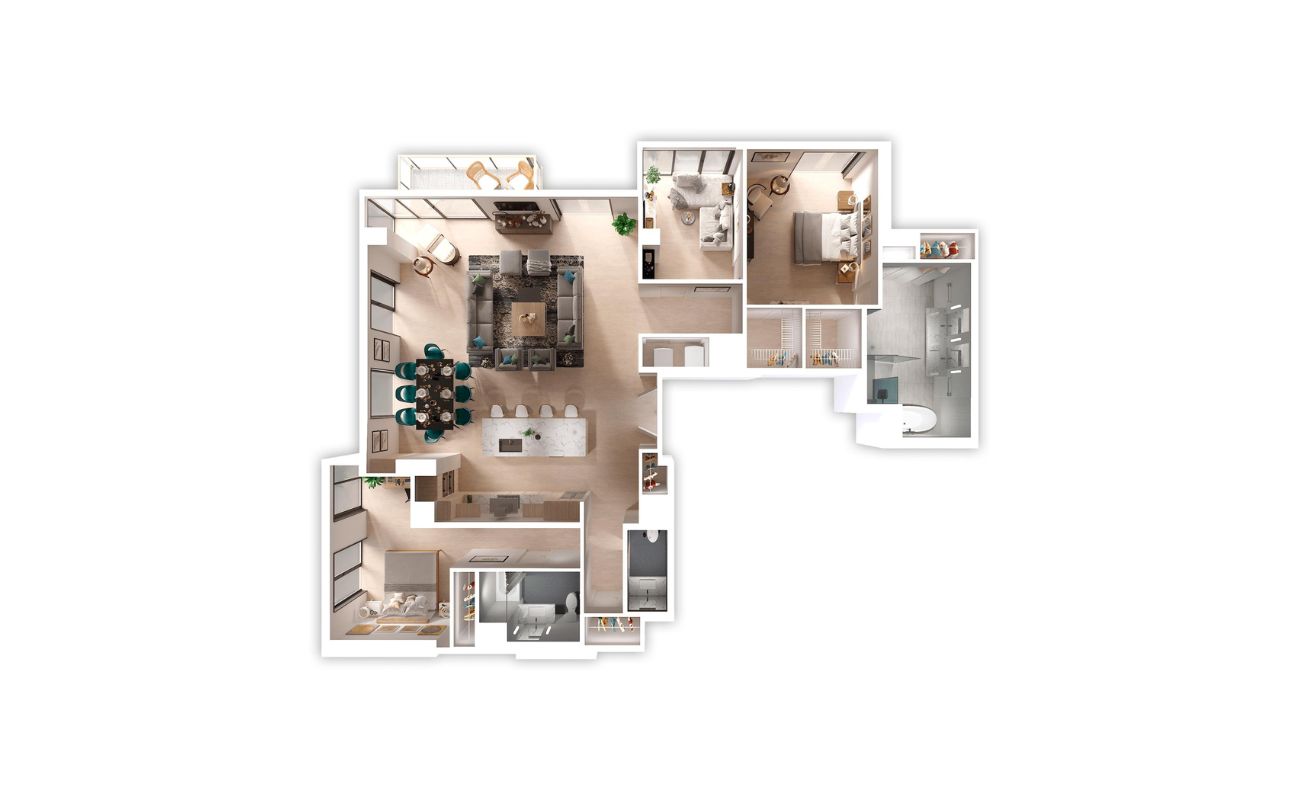

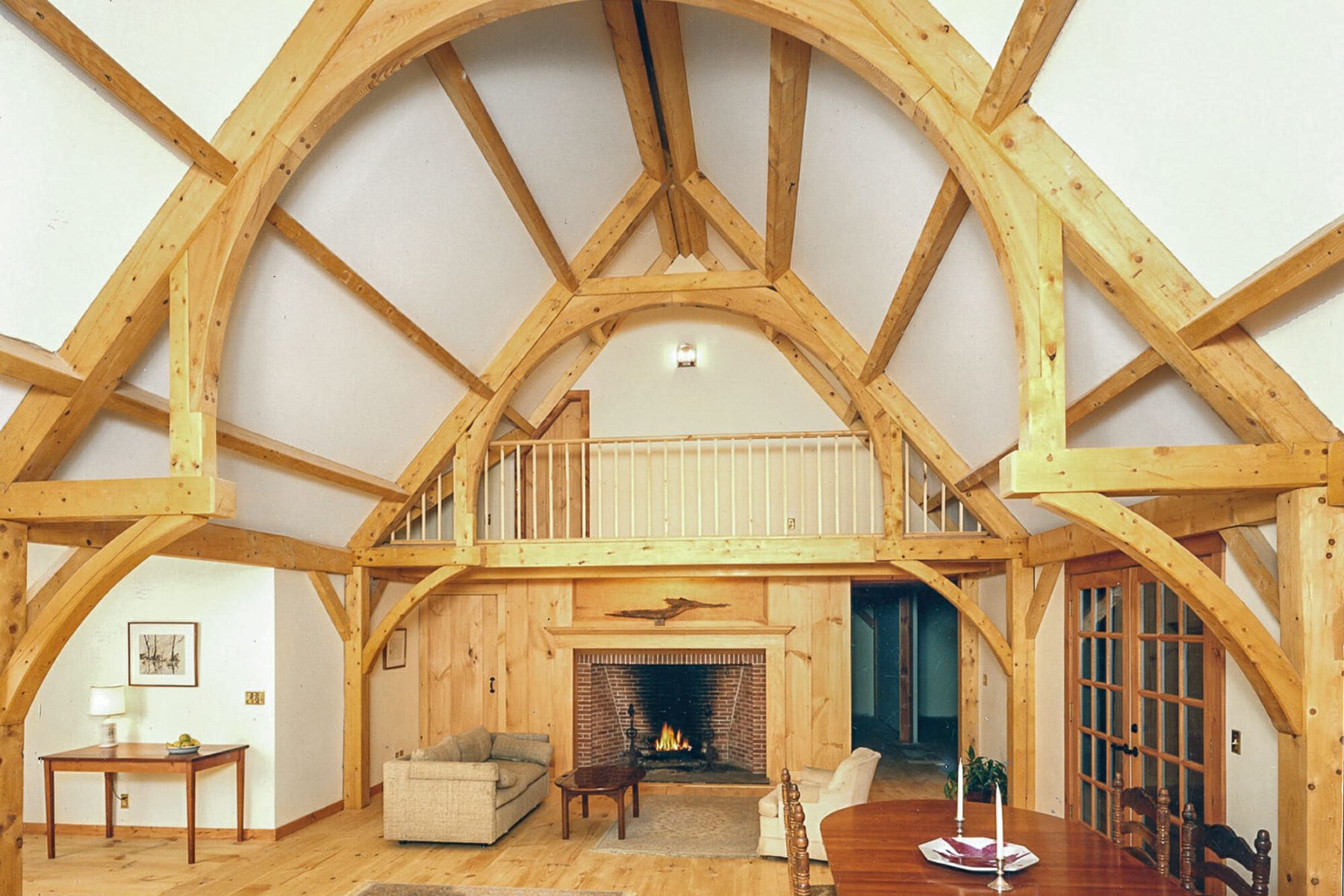

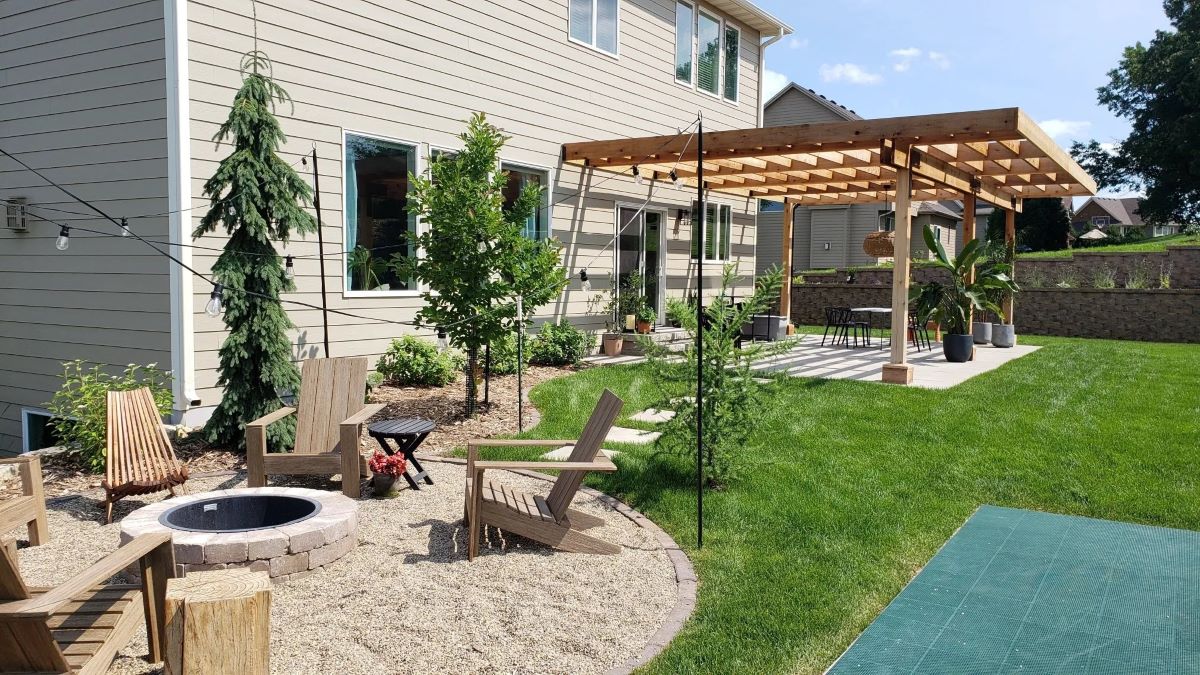
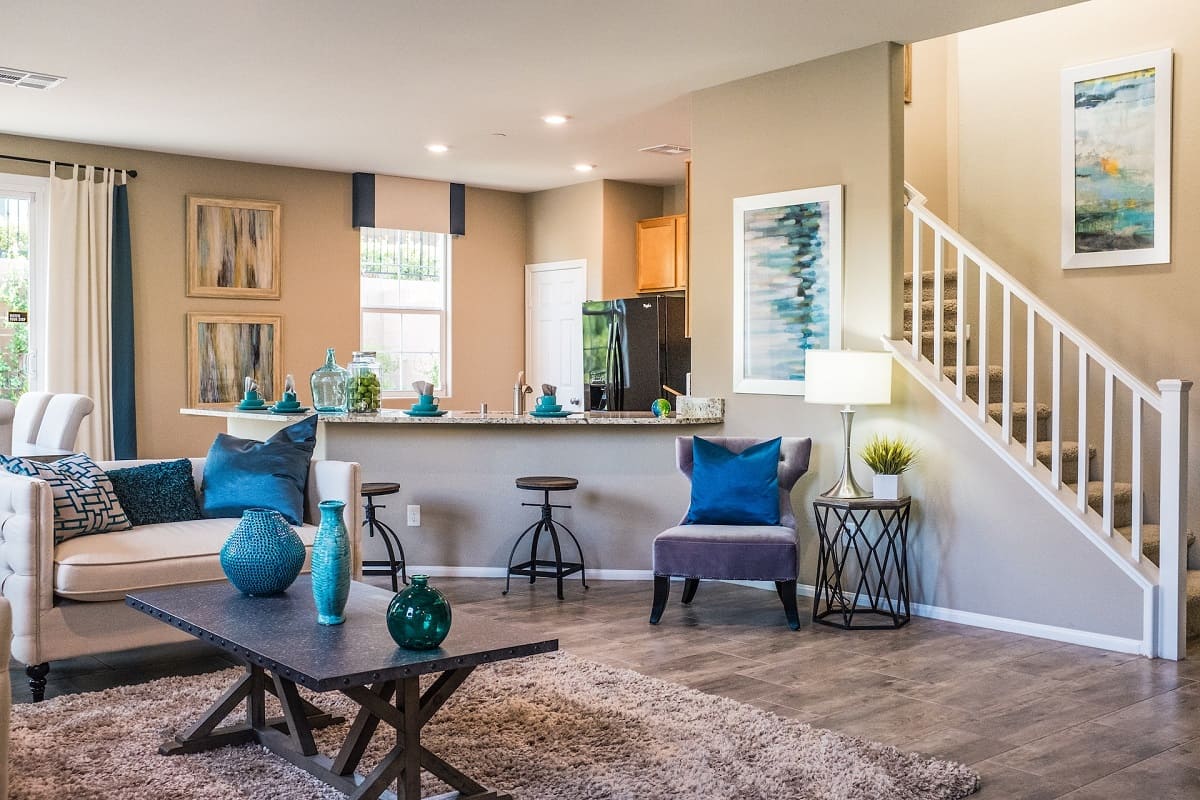

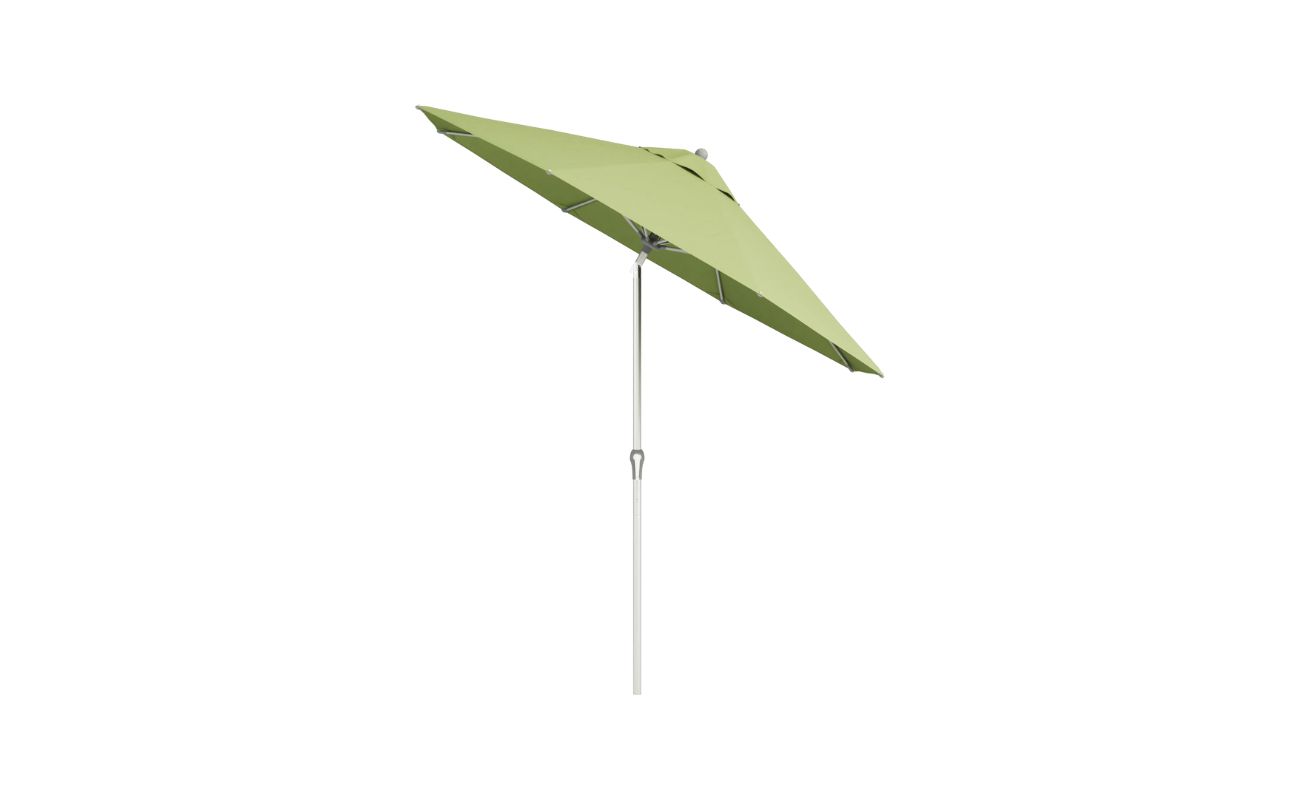
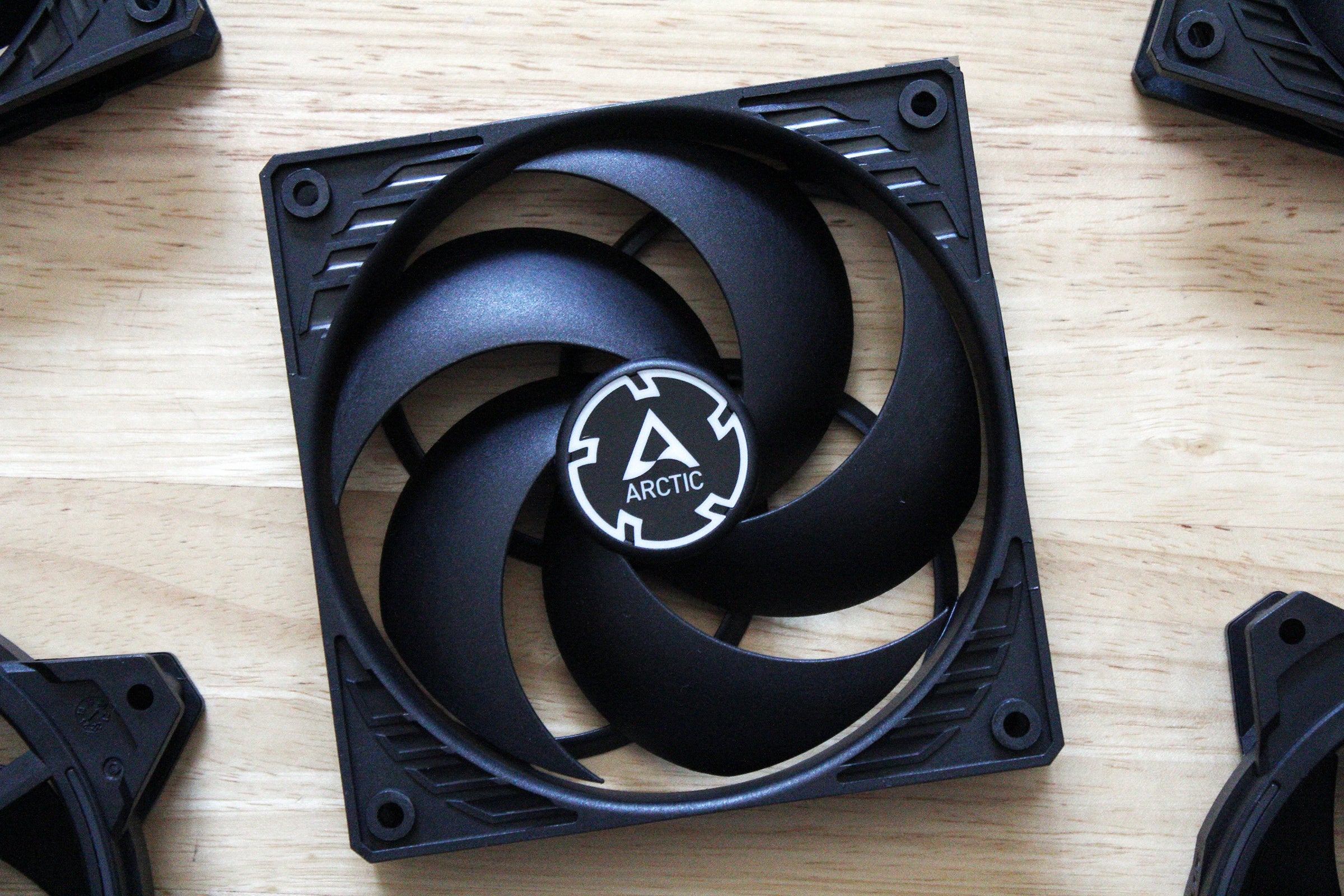

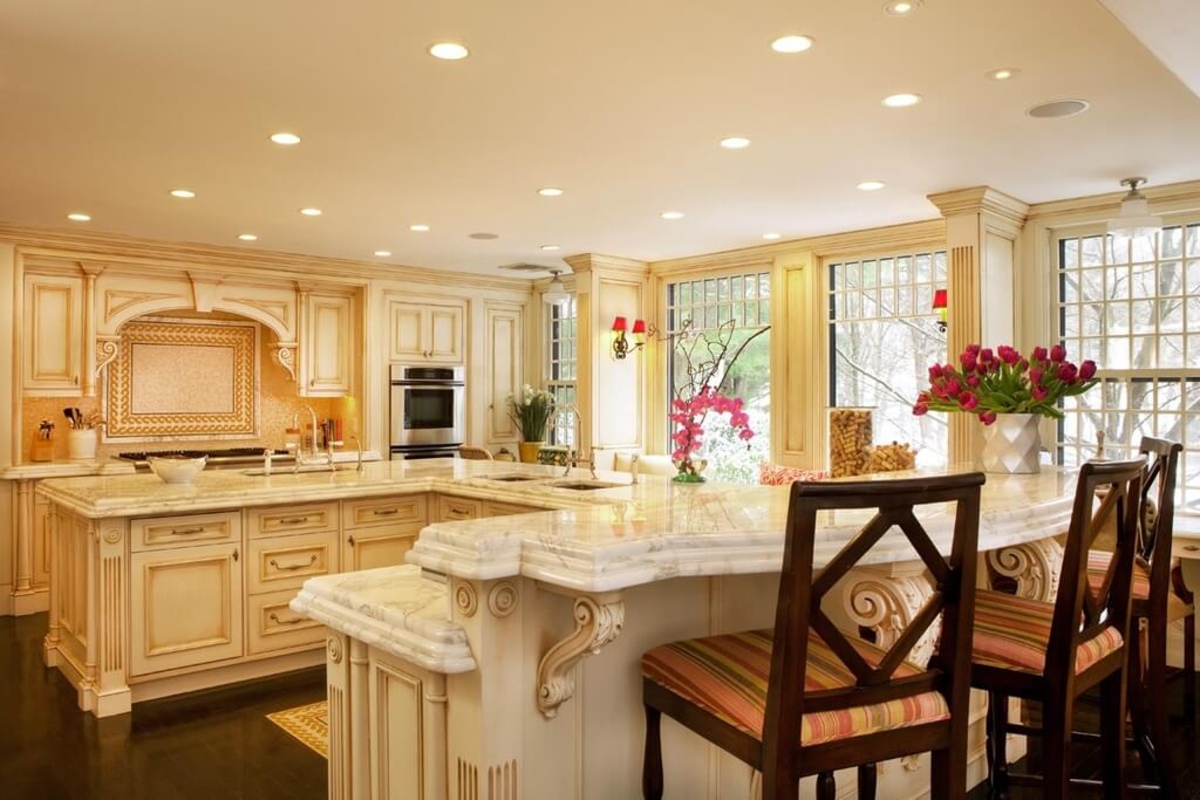
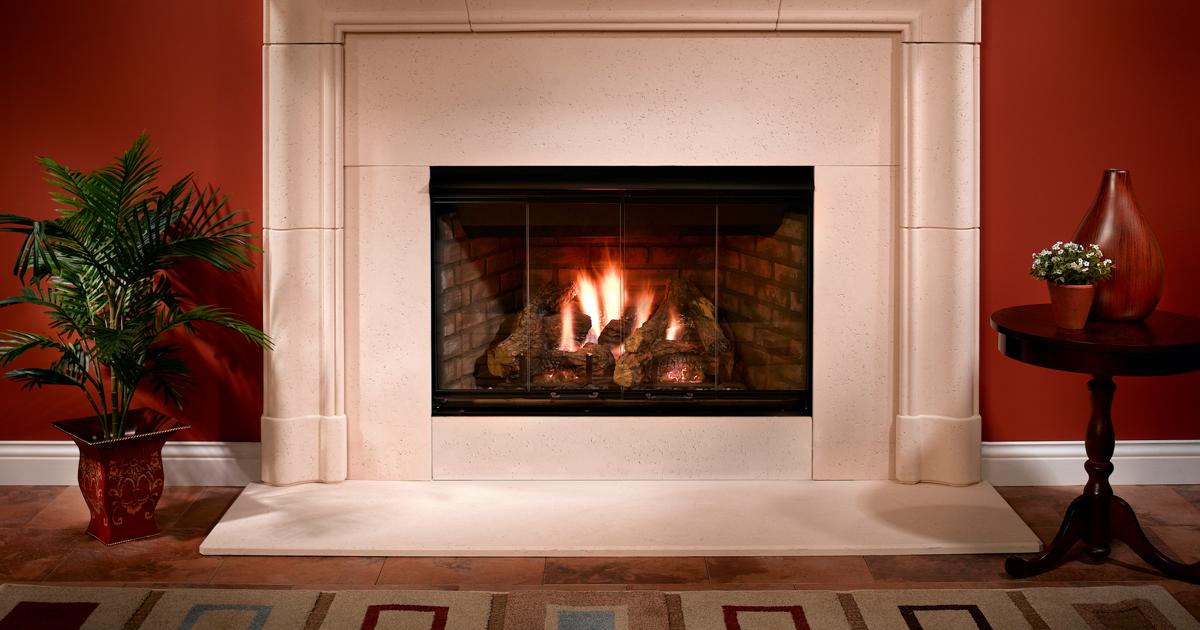
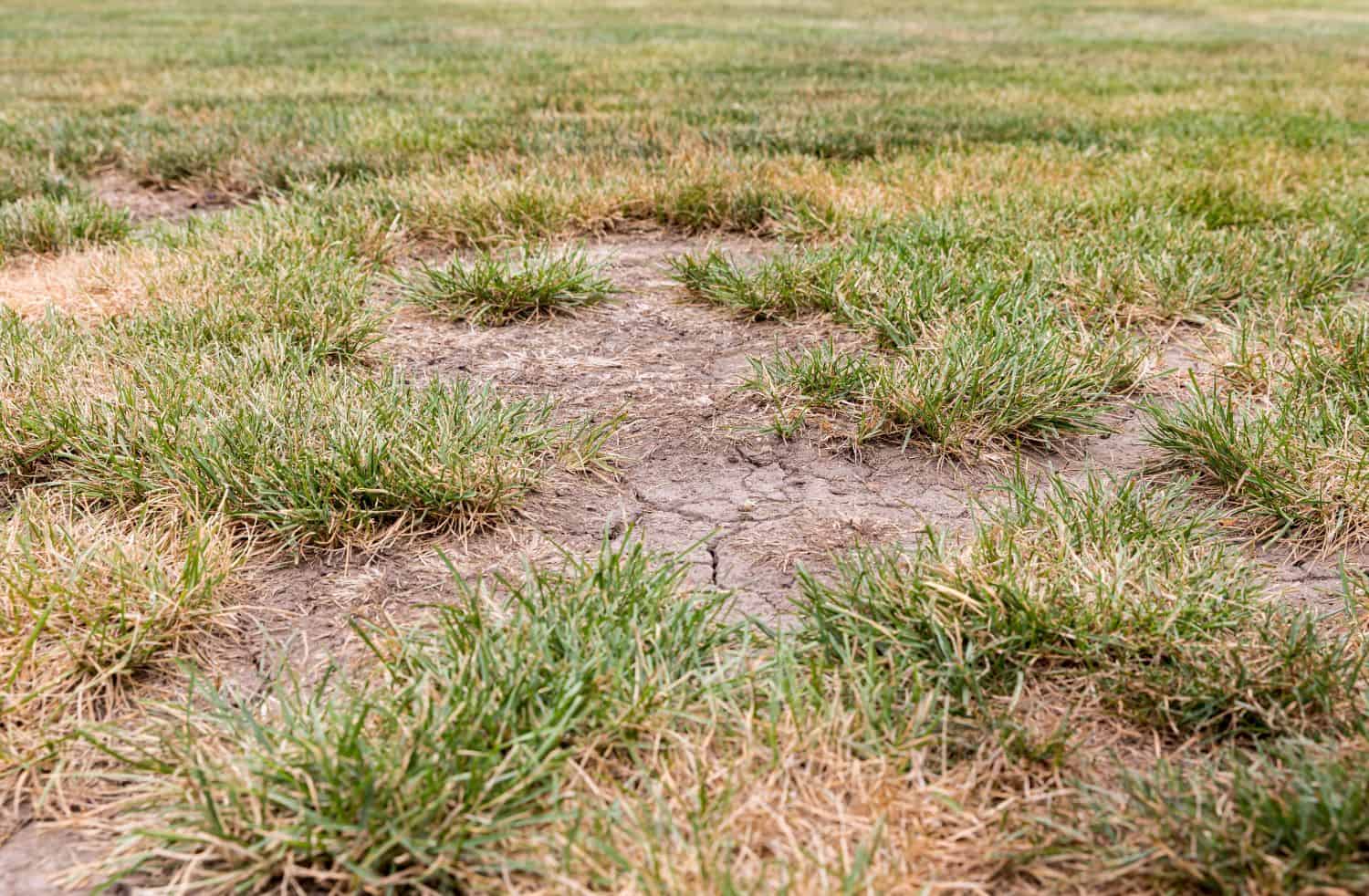
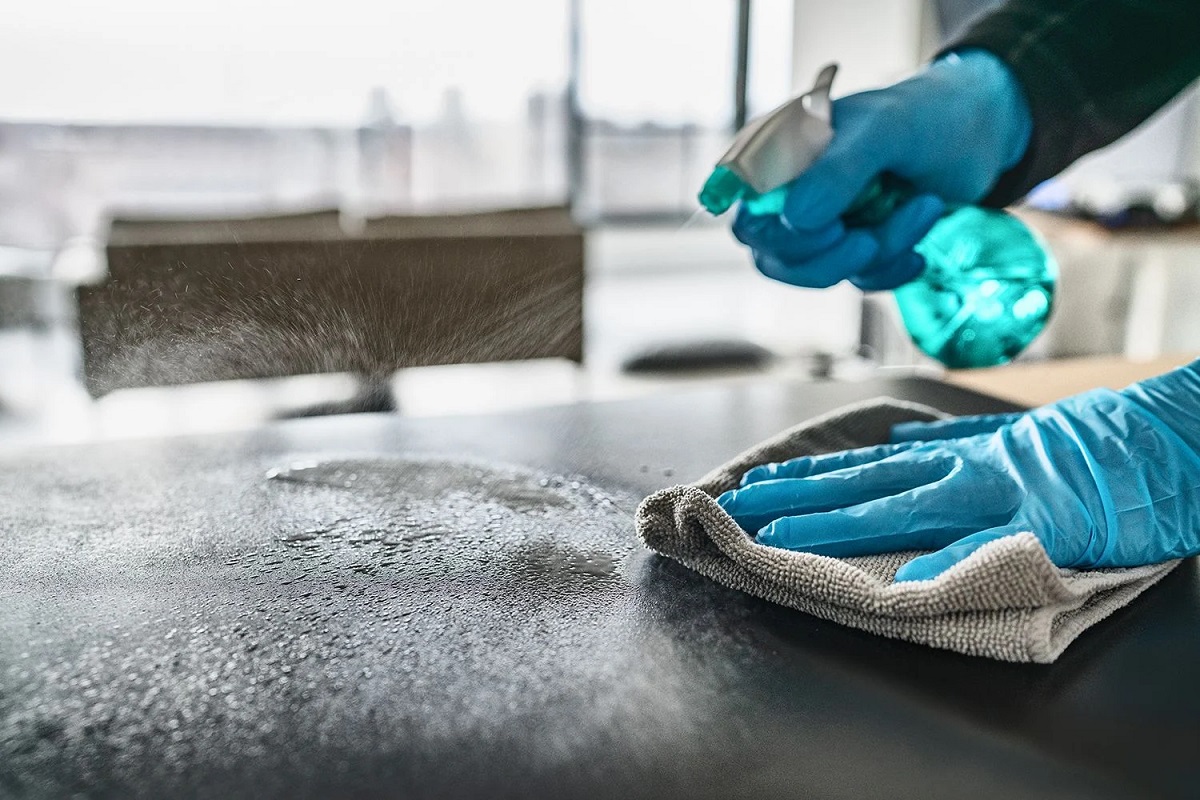

0 thoughts on “How Do I Fix Dead Space In My House? 7 Transformative Tips”